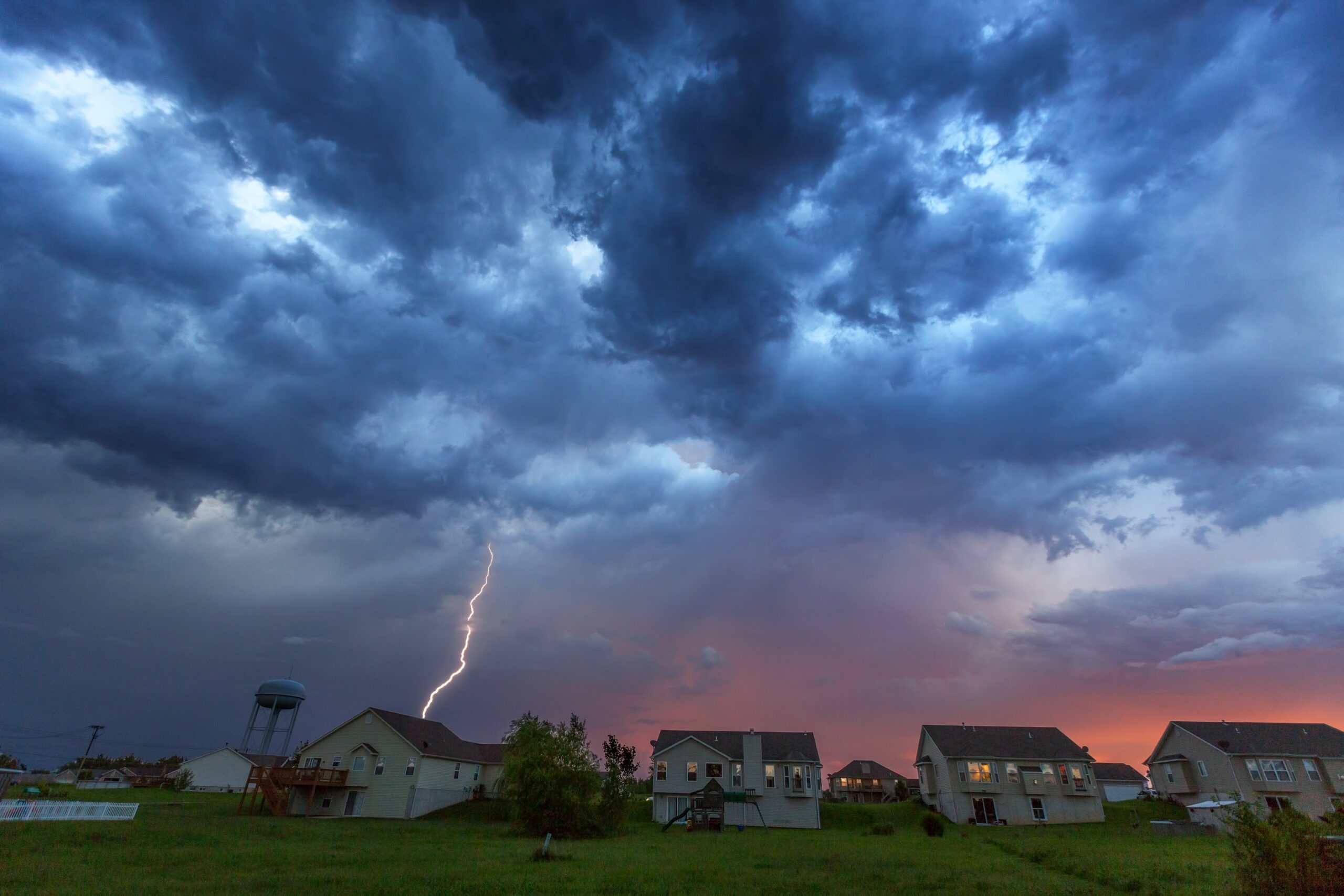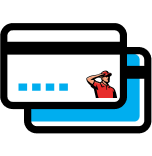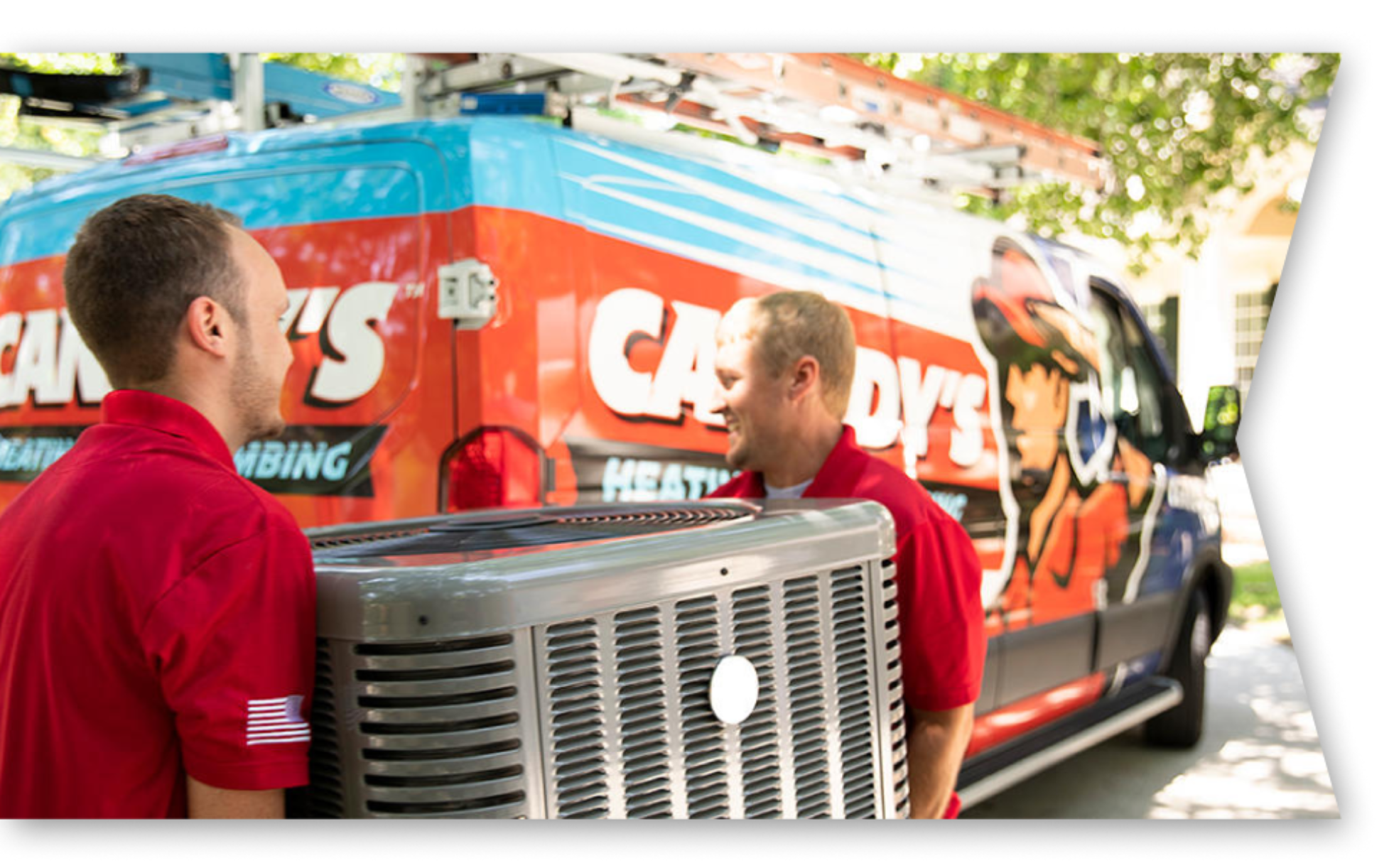
Along the Georgia and South Carolina coast, hurricanes can overwhelm a home’s plumbing system long before the storm passes. Storm surge, flooding, sewer backups, and power outages all put extra strain on pipes, yet plumbing preparation is often overlooked during storm planning. Because hurricanes can contaminate water, push sewage into homes, and damage underground lines, taking a few simple steps ahead of time can prevent major problems. With decades of experience, Canady’s knows that preparation goes a long way in protecting your home and your family.
Pre-Storm Plumbing Preparation
Shut Off the Main Water Valve When a Major Storm Is Imminent
Storm surge can force contaminated floodwater into municipal systems and toward your home. Shutting off the main water valve helps keep polluted water out of your pipes and protects against pressure drops that can cause indoor pipe bursts. Canady’s recommends locating and testing your shutoff valve before hurricane season, especially since many Lowcountry homes have valves buried or hidden behind landscaping. Make sure yours is easy to access and operate when a storm is approaching.
Secure Outdoor and Exposed Plumbing Fixtures
Hurricane winds can turn loose items into projectiles. Outdoor plumbing, hose bibs, irrigation lines, tankless water heater units, pool equipment, and crawlspace pipes are especially vulnerable. Disconnect hoses, insulate exposed pipes, and anchor tankless water heaters or filtration units to reduce the risk of impact damage.
Clear Gutters, Drains, and Downspouts
Heavy rain and debris can quickly clog gutters, sending water toward your foundation rather than away from it. Clearing gutters, downspouts, and drainage lines before a storm helps prevent water from backing up into crawl spaces or leaking through exterior walls.
Yard and French drains should be cleaned as well. When these systems flow properly, they reduce strain on sump pumps, especially in low-lying or flood-prone areas.
Inspect Sump Pumps and Battery Backup Systems
Many coastal homes rely on sump pumps during extreme weather. Test yours by pouring water into the pit and making sure the float rises, and the pump activates. Clear the discharge line so water can leave the home without blockage.
Because power outages are almost guaranteed during hurricanes, a battery backup is essential. Without one, a sump pump can fail within minutes, allowing water to rise quickly in basements and crawlspaces.
Check or Install Backflow Preventers
During hurricanes, municipal sewer systems often overflow due to storm surge and heavy rainfall. A backflow preventer stops raw sewage from entering your home’s drains, toilets, and tubs. Without one, stormwater and sewage can cause extensive contamination and expensive cleanup.
Existing preventers should be checked annually. If your home doesn’t have one, Canady’s can install a device that provides critical protection during flooding.
Protecting Plumbing Systems During the Storm
Avoid Using Water During Heavy Flooding
During the peak of the storm, sewer systems can become overwhelmed. Avoid flushing toilets, using sinks, or running appliances until rainfall slows and municipal systems stabilize. Limiting water use helps reduce the likelihood of sewage backing up into your home.
Monitor for Warning Signs of Plumbing Stress
Gurgling drains, bubbling toilets, rising water in showers, or strong sewer odors can indicate increasing pressure in your sewer line. These signs often mean the municipal line is overwhelmed or floodwater is pushing into your system. Identifying them early can help prevent larger issues after the storm.
Observe Sump Pump Performance
If conditions are safe, check that your sump pump is running consistently without straining. Rapid cycling, unusual noises, or complete silence during heavy flooding are all red flags. Many homeowners only realize a sump pump has failed once water begins rising in their crawlspace or basement.
Keep an Eye on Water Around the Property
Rising water around crawlspace vents, foundation openings, or exterior plumbing access points indicates increasing pressure on underground pipes. Homes built on slabs can experience shifting that can stress or crack buried water lines.
Post-Storm Plumbing Safety and Recovery
Inspect for Visible Pipe and Fixture Damage
After the storm, inspect your property for signs of movement or damage. Flooding can shift soil, pulling pipes apart beneath the home or around exterior walls. Look for dripping, new wet spots, or pipes that appear crooked or stressed. Crawlspaces can hide leaks, so check them closely if it is safe to enter.
Flush Water Lines Once Officials Confirm Water Safety
After local authorities confirm that water is safe, flush your plumbing lines by running faucets one at a time until the water flows clear. This helps remove sediment or contaminants that may have entered the system. Discard any ice made during or immediately after the storm.
Check for Slow Drains, Odors, and Sewage Indicators
Persistent sewer odors or slow drainage often indicate a partial backup. Even mild symptoms can become major problems if ignored, especially in areas where storm surges overwhelm sewer lines.
Inspect Water Heaters and Appliances
Flooded water heaters, washers, dryers, and dishwashers can become hazardous. Even shallow floodwater can damage electrical components or introduce harmful bacteria. Have a professional evaluate any appliance that may have been exposed to water.
Look for Signs of Hidden Damage
Low water pressure, persistent damp spots, or unusual noises behind walls can signal hidden leaks or cracked pipes. Shifting soil and foundation movement during hurricanes often causes issues that are not immediately visible.
Call a Licensed Plumber for a Comprehensive Post-Storm Check
Hurricanes can cause hidden plumbing damage that’s hard to spot. Canady’s licensed and insured plumbers can inspect your system for leaks, sewer line issues, contamination, and other problems to make sure everything is safe and working properly.
Request Plumbing Services From Canady’s!
Preparing your plumbing system before a hurricane, staying alert during the storm, and handling recovery properly afterward can significantly reduce damage to your home. Whether you need a sump pump installed, a backflow preventer added, or a comprehensive post-storm plumbing inspection, Canady’s Heating, Air & Plumbing is here to help.
Contact Canady’s today to schedule professional plumbing services throughout the Coastal Empire, Lowcountry, and Golden Isles.






